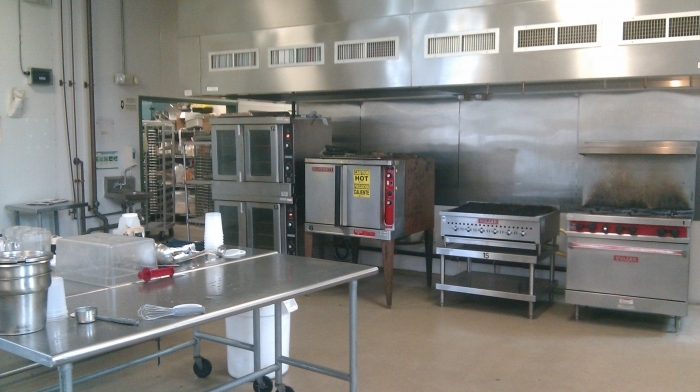Commissary kitchens play a vital role in the food industry, providing shared kitchen spaces for food entrepreneurs, caterers, food truck operators, and more. In this article, we’ll take an in-depth look at what goes on inside a commissary kitchen on a typical day, from the early morning hustle to the final cleanup.
1. Introduction to Commissary Kitchens
Commissary kitchens, also known as shared kitchens or ghost kitchens, are commercial kitchen facilities equipped for food production, storage, and preparation. These facilities offer licensed food businesses a cost-effective solution for accessing professional-grade kitchen space without the high overhead costs associated with owning or leasing a dedicated kitchen.
2. Early Morning Prep
The day typically begins early in a commissary kitchen, as food entrepreneurs arrive to start their preparations. From bakers kneading dough for freshly baked bread to chefs chopping vegetables for the day’s menu, the kitchen buzzes with activity as each business prepares its offerings for the day ahead.
3. Coordination and Collaboration
One of the unique aspects of a commissary kitchen is the opportunity for collaboration and resource sharing among its occupants. Throughout the day, food entrepreneurs may collaborate on shared ingredients, equipment, or kitchen space, fostering a sense of community and camaraderie.
4. Production and Cooking
As the day progresses, the kitchen heats up with the sound of sizzling pans and the aroma of delicious meals being prepared. Each business works diligently to fulfill orders, whether it’s assembling gourmet sandwiches, baking batches of cookies, or simmering pots of soup.
5. Cleanliness and Sanitation
Maintaining a clean and sanitary environment is paramount in a commissary kitchen to ensure food safety and compliance with health regulations. Throughout the day, staff members diligently clean and sanitize surfaces, equipment, and utensils to prevent cross-contamination and foodborne illness.
6. Delivery and Distribution
As orders are completed, food entrepreneurs may arrange for delivery or pickup of their products. Some commissary kitchens offer onsite storage and distribution services, allowing businesses to streamline their logistics and reach customers more efficiently.
Conclusion
A day in the life of a commissary kitchen is a dynamic and fast-paced experience, filled with creativity, collaboration, and culinary innovation. From the early morning hustle to the final cleanup, food entrepreneurs work tirelessly to bring their culinary creations to life and satisfy the appetites of their customers.
FAQs
1. Who can use a commissary kitchen? Commissary kitchens are typically available to licensed food businesses, including caterers, food truck operators, bakers, meal prep services, and more. Some facilities may also offer rental options for individuals or organizations hosting special events or cooking classes.
2. What are the benefits of using a commissary kitchen? Commissary kitchens provide food entrepreneurs with access to professional-grade kitchen space, equipment, and storage facilities without the long-term commitment or high costs associated with owning or leasing a dedicated kitchen. Additionally, sharing resources and collaborating with other businesses can foster a sense of community and support among occupants.
3. Are there any regulations or requirements for using a commissary kitchen? Regulations and requirements for using a commissary kitchen vary by location and type of operation. Food businesses must typically obtain necessary permits and licenses, comply with health and safety regulations, and adhere to facility rules and guidelines. It’s essential to research and understand local regulations before using a commissary kitchen.

